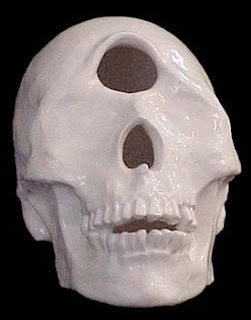Dear Mythology Kids,
It's nice to "see" you again. Let me offer some "study guidance" for your final exam. Please know, as I have mentioned before, that it is fair, but studying will only benefit your end result.
1. Be familiar with different examples of irony found with both The Iliad and The Odyssey.
2. Be familiar with Penelope and her importance as a character within The Odyssey.
3. Be familiar with Cassandra and the irony associated with her character.
4.Consider examples for the "truth" of '"Appearance and Reality are not the same thing" for The Odyssey.
5. Be familiar with the climax for The Iliad.
6. Consider the importance of women within The Odyssey.
7. Be familiar with the concept that "gifts from enemies never offer a positive result."
I hope this helps!
I look forward to seeing you on Wednesday! I am so proud of you!
Big Hugs,
Crampton
It's nice to "see" you again. Let me offer some "study guidance" for your final exam. Please know, as I have mentioned before, that it is fair, but studying will only benefit your end result.
1. Be familiar with different examples of irony found with both The Iliad and The Odyssey.
2. Be familiar with Penelope and her importance as a character within The Odyssey.
3. Be familiar with Cassandra and the irony associated with her character.
4.Consider examples for the "truth" of '"Appearance and Reality are not the same thing" for The Odyssey.
5. Be familiar with the climax for The Iliad.
6. Consider the importance of women within The Odyssey.
7. Be familiar with the concept that "gifts from enemies never offer a positive result."
I hope this helps!
I look forward to seeing you on Wednesday! I am so proud of you!
Big Hugs,
Crampton




















 2.
2.

 5.
5.
 7.
7.
